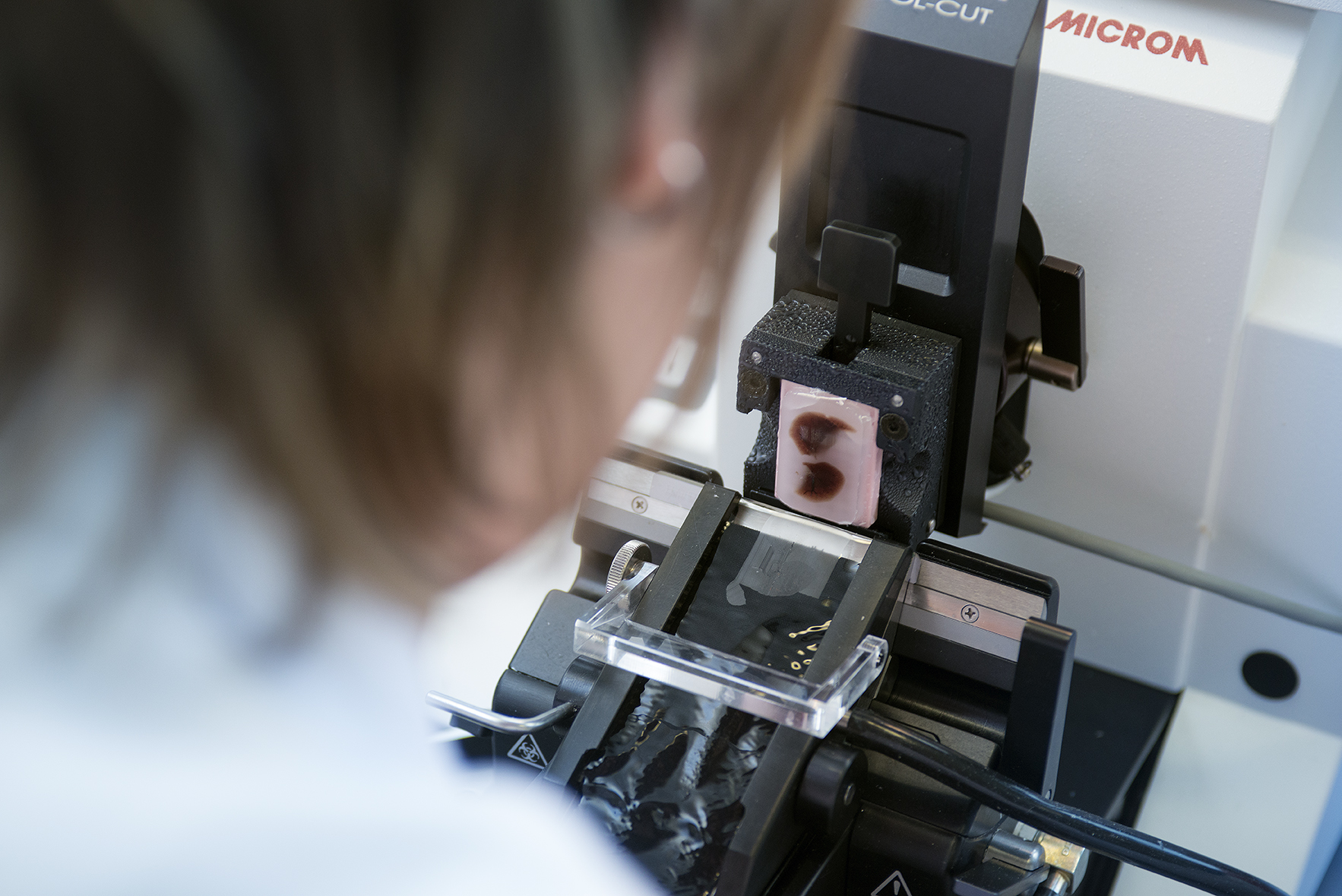Our research and services in this subject area are focused on the investigation of effects of airborne materials, in compliance with OECD GLP guidelines whenever required. Test substances can be chemicals, environmental pollutants, or pharmaceuticals including biologics which require testing as part of the registration process. A broad range of project types can be offered, from the development of evaluation concepts to the realization of complex test designs. Our team has many years of experience in generating a large variety of exposure atmospheres of different gases and aerosols, e.g. pharmaceuticals for inhaled administration, fiber aerosols, or complex mixtures such as motor vehicle exhaust. In our state-of-the-art facilities, units for nose-only and whole-body exposure of rodents are available. Our interdisciplinary cooperation within the institute allows us to deal also with complex problems relevant for the environment and for human health. Industry, academia, public authorities and governmental agencies benefit from this. As a non-profit research institution, we can be a partner in applying for public funding.
Contact Press / Media
Dr. Gustav Bruer
Head of Department of Inhalation Toxicology
Phone +49 511 5350-521
 Fraunhofer Institute for Toxicology and Experimental Medicine
Fraunhofer Institute for Toxicology and Experimental Medicine

